Luis Alfaro on the power of art and imagination

Transcript
[The words “Art Is” appear, followed by scrolling words…Empathy, Perspective, Hope, Change, Beauty…it stops at Powerful. Art Is Powerful.
Luis Alfaro, writer, performer, and educator: Art is powerful. When we tell our stories, we are empowering ourselves. Art can be as simple as inspiring somebody, like a gang member, to imagine themselves living beyond their 20s. Sometimes it’s helping someone who has just gotten out of prison imagine how they might live the rest of their life. And then sometimes it’s helping a community imagine how it might have a better health or a better way of organizing itself. I write a lot about working class people, people who are trapped in systems, so I write a lot about incarceration, the violence of poverty.
[Actors on stage perform “Mojada: A Medea in Los Angeles.” A woman sits at a sewing machine, working; a man stands behind her with his hands on her shoulders.]
ACTOR 1: What you do is special, Madea, no matter how they treat us here.
ACTOR 2: In this country, special pays the same.
Luis: I am always trying to create a narrative that allows people to think about themselves free and in the world. And so there’s always a push-pull toward wanting to make change.
[The words “Art Is” appear, followed by scrolling words…Powerful, Expression, Change, Creativity, Healing…it stops at Justice. Hashtag Art Is Justice. Agree? Share this video.]
[Ford Foundation logo: a globe made up of a series of small, varied circles.]
Accessibility Statement
- All videos produced by the Ford Foundation since 2020 include captions and downloadable transcripts. For videos where visuals require additional understanding, we offer audio-described versions.
- We are continuing to make videos produced prior to 2020 accessible.
- Videos from third-party sources (those not produced by the Ford Foundation) may not have captions, accessible transcripts, or audio descriptions.
- To improve accessibility beyond our site, we’ve created a free video accessibility WordPress plug-in.
Luis Alfaro is a Chicano playwright known for his work in theater, performance, poetry, and journalism. Born and raised in the Pico-Union district of downtown Los Angeles, he also works as a director, curator, producer, educator, and community organizer. He is the first playwright-in-residence in the 83-year history of the Oregon Shakespeare Festival, the largest repertory company in the United States, serving for six seasons (2013-19) through the generous support of the Andrew S. Mellon Foundation. He was mentored by the founding artistic director of the Mark Taper Forum in Los Angeles, Gordon Davidson, where he spent 10 years as associate producer, director of New Play Development, and co-director of the Latino Theatre Initiative. Alfaro studied playwriting under the influential Latina playwright, María Irene Fornés, and he is a professor at the University of Southern California.
His plays and performances have been seen throughout the Americas and Europe. Recent productions include a trio of Greek-to-Chicano adaptations: Oedipus El Rey, winner of the Glickman Prize and part of the current 50th anniversary season at the Public Theater in New York City, with a sold-out run, extended three times; Mojada: A Medea in Los Angeles, developed and presented at the Getty Villa in Malibu, currently seen at Portland Center Stage in a co-production with the Oregon Shakespeare Festival, and winner of the Los Angeles Drama Critics Circle Award, Ovation Award, and Jefferson Award for best new play; and Electricidad, produced at the Goodman Theatre, Mark Taper Forum, Borderlands Theatre, with 32 productions nationwide. Other productions include Bruja (Magic Theatre in San Francisco), Breakfast, Lunch & Dinner (Hartford Stage), Black Butterfly (Kennedy Center and Smithsonian Museum), and Body of Faith (Cornerstone Theater Company), winner of the PEN Center Award for Drama. His solo performance work has been seen at the Institute of Contemporary Art in London, the Getty Center, the Boston Center for the Arts, the Goodman Theatre, the Hirshhorn Museum at the Smithsonian, and Ex Teresa performance space in Mexico City, among others, and it includes the recent St. Jude, premiered as part of Under the Radar West at Center Theatre Group and Victory Gardens Theater in Chicago.
Alfaro is the recipient of a John D. and Catherine T. MacArthur Foundation “genius grant.” He is a recent Joyce Foundation Fellow and the only artist to have won two awards in the same year from the Kennedy Center’s Fund for New American Plays. He is featured in over 25 anthologies, has an award-winning spoken word CD, down town, and an Emmy-nominated PBS short film, Chicanismo. He is a member of New Dramatists in New York and an associate artist with Victory Gardens Theatre in Chicago and Playwrights Arena in Los Angeles.
Other videos in this series

Michelle Dorrance on how tap represents social change
Art can represent social change, and tap dancer Michelle Dorrance believes the history of American culture can be seen in the history of tap—early tap dancers were catalysts for social change. By referencing the past and showing a vision for the future, dance can change the world.
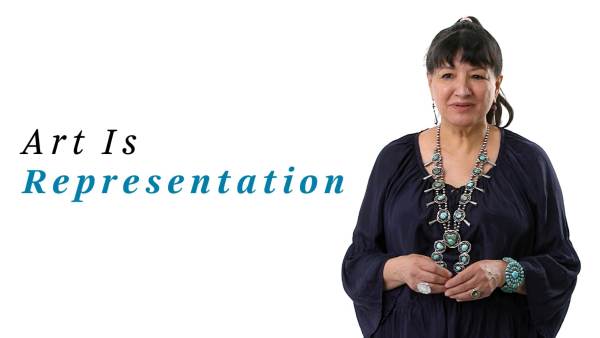
Sandra Cisneros on how art changes lives
Art can change lives for the better. Author Sandra Cisneros writes books that allow young people to see themselves represented on the page. As she says, when people see themselves represented in a way that is empowering, they feel more able to make a difference in the world.
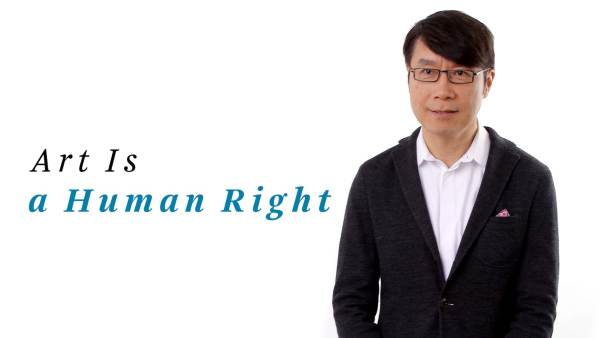
Samuel Hoi on art and human rights
Art is a way to shift reality and make an impact beyond the cultural field. Samuel Hoi cites Good Chance Theater staging shows at a refugee camp in northern France as an example of how art can uplift human rights.
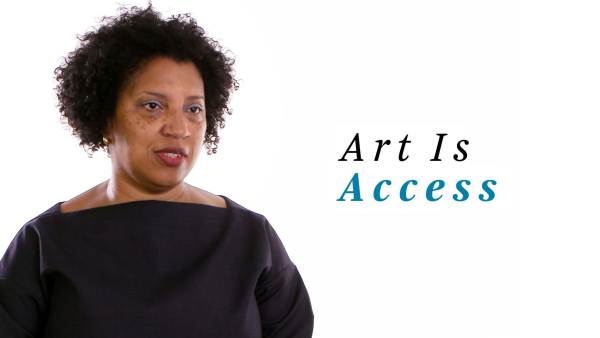
Robin Coste Lewis on how art creates access
Art can be a tool of resistance and beauty. Poet Robin Coste Lewis details how poetry helped her see her body as an aesthetic and political tool, and how art can allow marginalized communities to be seen and included.
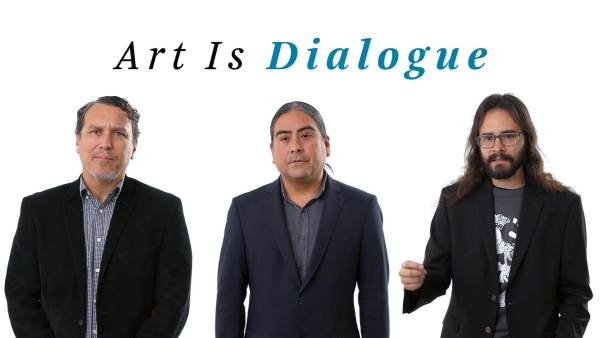
Postcommodity on using art to dialogue
Art can be used to create dialogue between people and break “us-versus-them” mentalities. The collective Postcommodity discusses how it uses art to uplift communities and ensure they have agency to communicate their own needs and desires.
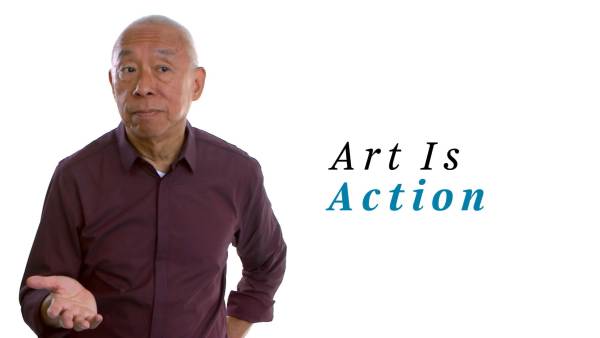
Ping Chong on using art to empower and heal
Art allows us to re-anchor into our humanity. In his work, artist Ping Chong creates spaces for ordinary citizens to speak their own truth on stage. In this way, he heals and affirms people, and helps create a society that’s more just and more humane.
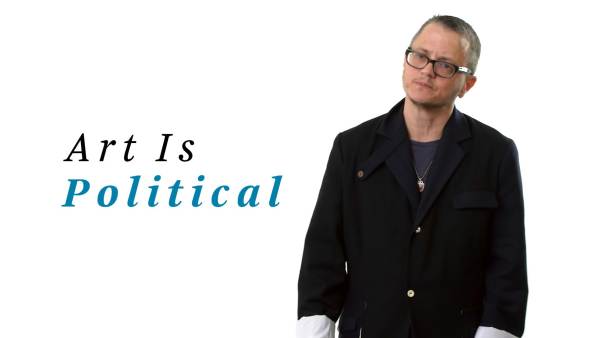
P Carl on the power of curation
Art has to be connected to the politics of our world, because it can bring us together in ways politics can’t. Theater director P Carl believes theater should be curated with the idea that everyone belongs, and in this way, it can help connect people to the issues that really matter.
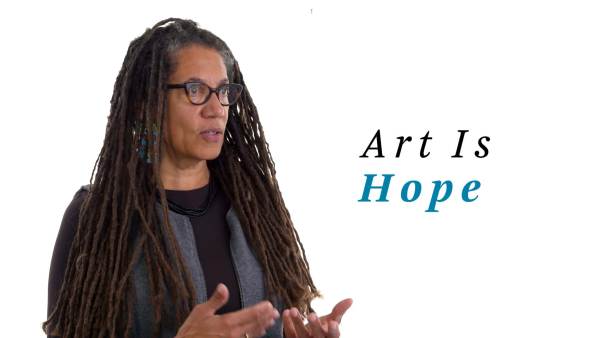
Nikky Finney on using art for change
Art can connect us across time. Poet Nikky Finney draws on stories from the past to challenge artists to continue their efforts for social change. She believes artists should heed lessons from the past and bring them into the future.

Mira Nair on cultural representation
Art gives us the ability to see other cultures and to look at the world anew. Director Mira Nair uses film to tell stories of marginalized communities that are not often represented on screen. She believes art can help people see their place in the world.
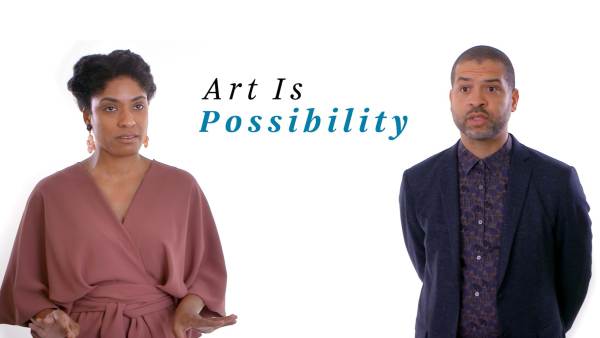
Alicia Hall Moran and Jason Moran on how art is possibility
Art has the power to make a big impact in our world. Musicians and educators Alicia Hall Moran and Jason Moran believe art has the potential to connect people and challenge inequalities. Through art, we can bridge the gap between past and present, and learn more about each other.
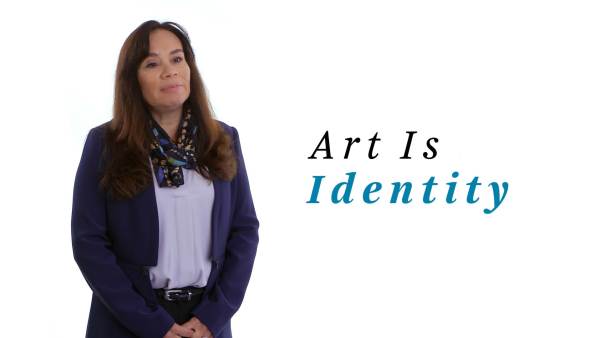
Lori Pourier on the link between art and identity
Art allows us to reveal our identities. President of First Peoples Fund Lori Pourier sees artists as changemakers in society who can help restore history and educate us about our past. In this way, artists can restore both public history and personal identity.
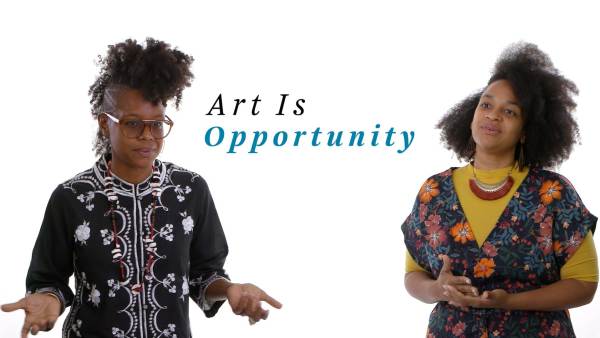
Las Nietas de Nonó on creating opportunities with art
Art gives us the opportunity to create change in communities. The art duo Las Nietas de Nonó use art to share voices of underserved communities in Puerto Rico. They believe in creating theater in alternative spaces, where people’s voices can be heard and a genuine exchange of voices takes place.
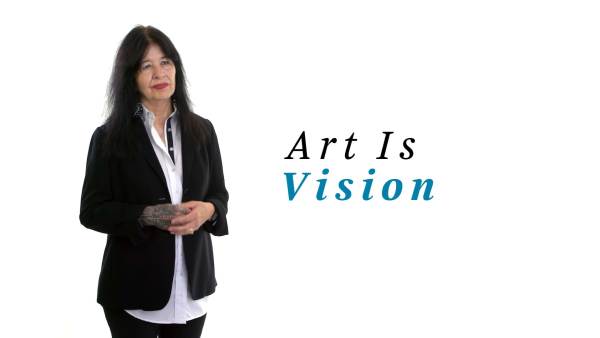
Joy Harjo on how artists have vision
Artists can give vision to a community. Poet Joy Harjo uses her art to strive for gender justice. She believes artists have a responsibility towards growing the communities they’re in, creating a vision for those around them and fostering compassion.
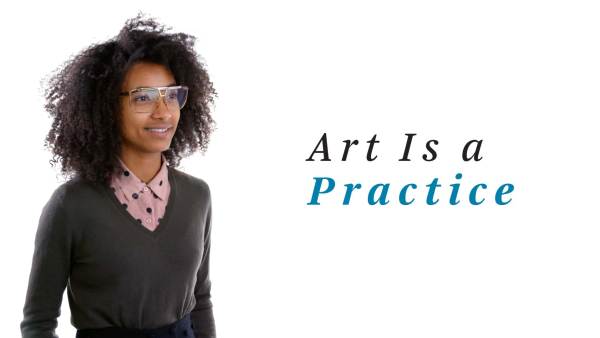
Esperanza Spalding on art as a practice
Art can help heal people. Grammy-winning musician Esperanza Spalding believes artists, through practicing their craft, can experiment and reposition their work to find the best ways to help and encourage people to transform negative situations for the better.
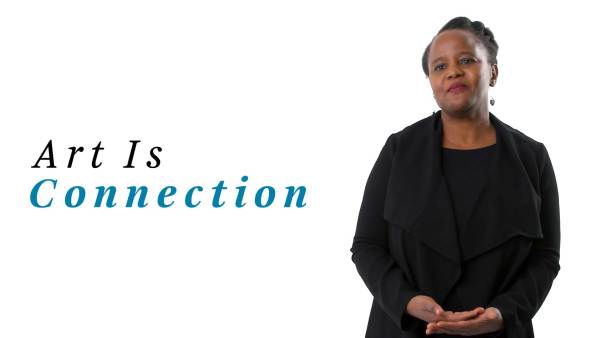
Edwidge Danticat on how literature connects us
Art can transport us to different places and connect us to each other. Novelist Edwidge Danticat uses her writing to share stories that dispel stereotypes and help foster greater understanding. She believes that breaking bias is done through sharing stories.
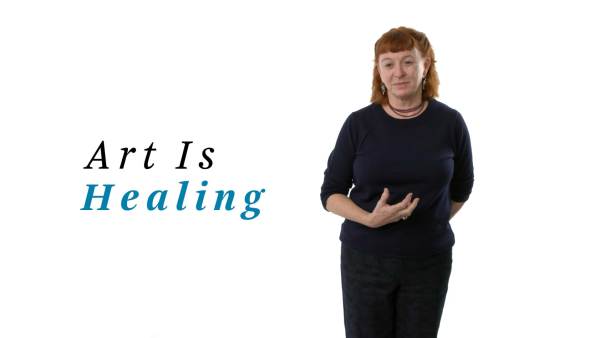
Deborah Luster on how art heals
Art encourages healing by connecting stories between people. Deborah Luster knows firsthand how art can help others heal. She channeled the pain she felt after her own loss to help bring about healing in a prison community.
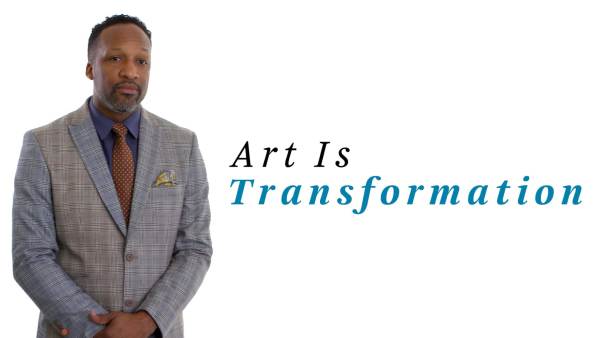
Carlton Turner on how art transforms culture
Artists are cultural strategists working to eliminate oppression and dismantle inequality, says performance artist Carlton Turner. He explains how artists take community work and engage in social transformation by giving voice to those who’ve been disenfranchised. Communities can shift because of the work artists are doing.